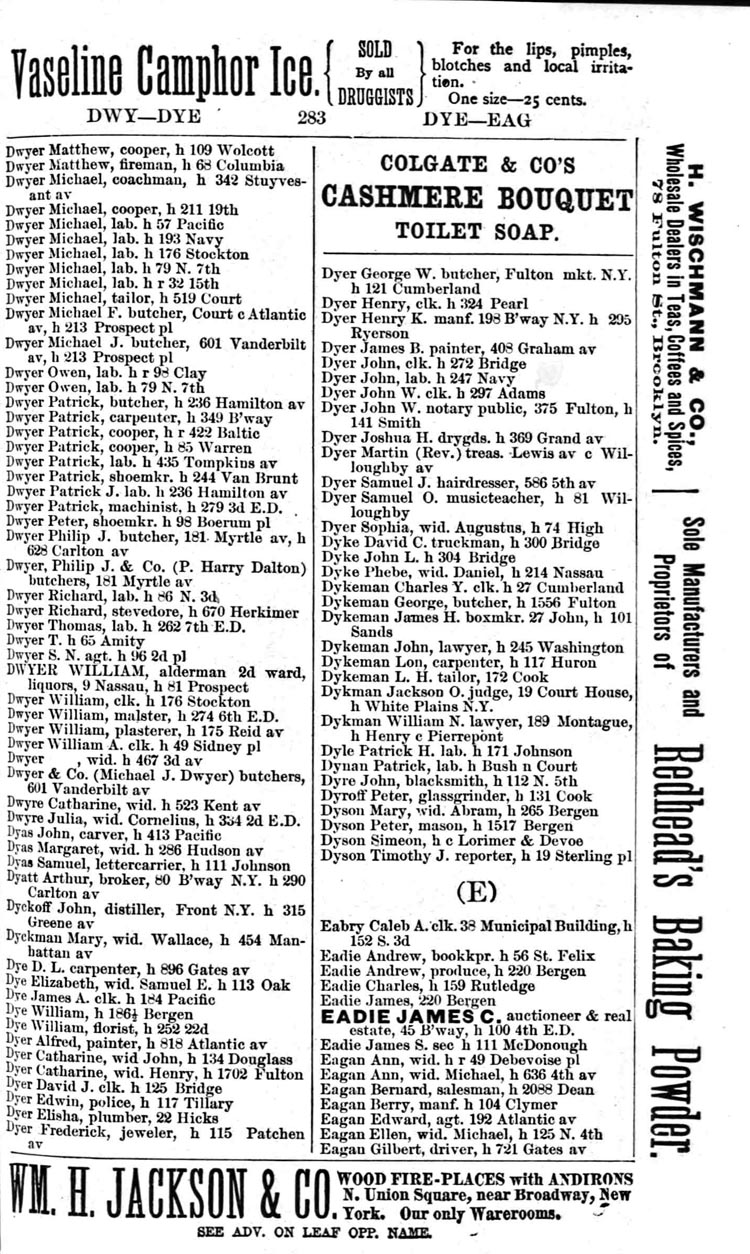The year was 1867 and on July 1st, the Province of Canada, which consisted of Ontario and Quebec, united with New Brunswick and Nova Scotia to form the Dominion of Canada, with Ottawa as its capital.
In 1867, hospitals were dirty, dangerous places. Those who survived excruciating surgeries would most likely die from subsequent infections. The general perception at the time was that exposing flesh to air was the cause of the infection, but when Louis Pasteur theorized that the infection was actually a form of decomposition, a British surgeon, Joseph Lister, took note. After noticing that surgical patients seemed to fare better in a cleaner environment (and following the work of Pasteur), he experimented with carbolic acid, applying it to bandages and then covering the wound. He discovered that the practice improved survival rates. In 1867, he made his finding public in the British medical journal “Lancet.” Unfortunately it would be decades before the medical community fully accepted the use of antiseptics in surgery.
In the U.S., yellow fever was a widely feared epidemic–and with good reason. In 1867, the disease claimed roughly 30 percent of the 1,000 or so residents of Corpus Christi, Texas. A New York Times article in 1870 reported a loss of 1,776 lives in New Orleans from the disease in 1867.When epidemics like yellow fever hit cities, often an exodus of citizens seeking to escape the scourge followed.
At the start of the year 1867, what is now the state of Alaska was in Russian hands. However, Russia had found that it was tough terrain to defend, and the hostile environment didn’t seem to offer much so it had been “shopping around.” U.S. Secretary of State, William Seward, worked out an agreement where the U.S. would pay Russia $7.2 million dollars (about two cents an acre) to acquire the territory. The deal met with a great deal of ridicule and Alaska was referred to as “Seward’s Folly” or “Seward’s Icebox.” Most folks changed their tune in the 1890s when gold was discovered in the Klondike area of Canada’s Yukon Territory. Miners flocked to Alaska and mining towns sprung up, many turning into major cities like Nome and Fairbanks. The discovery of oil, a thriving fishing industry, and income from tourism continue to prove the naysayers wrong.
The U.S. also admitted Nebraska as the thirty-seventh state in 1867. The Kansas-Nebraska Act of 1854 had taken the lands that had once been reserved for Native Americans and opened them up for settlement. The Homestead Act of 1862 offered 160 acres to settlers, with the requirement that they make improvements and live on the land for five years prior to taking ownership. Railroads were granted huge tracts of land, and they in turn built railroad lines and encouraged settlement by selling surrounding land at low costs to immigrants. Between the opening of the lands in 1854 and 1870, the population of Nebraska grew from 2,732 to 122,993 in 1870.
 Posted This Week
Posted This Week



